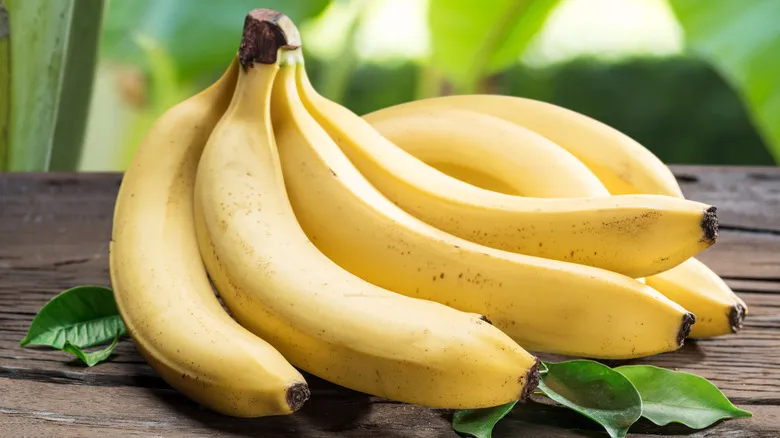Gros Michel versus Cavendish bananas
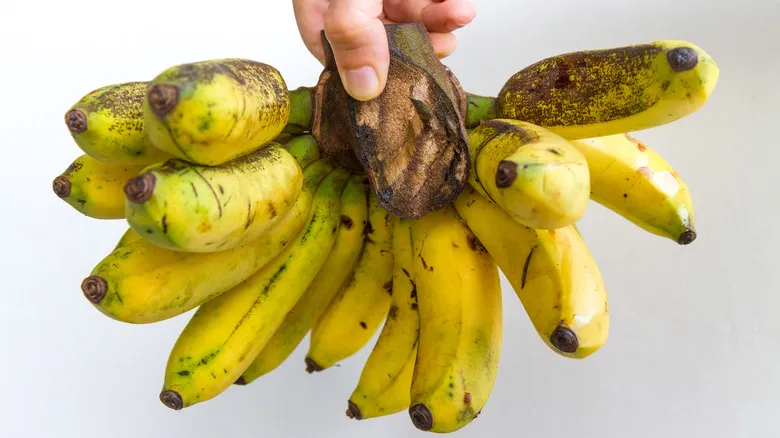
Bananas trace their origins back to Southeast Asia and are considered one of the oldest known fruits, but we won't delve that far into history. By the mid-1800s, the Gros Michel banana had gained global popularity and was introduced to the United States in the 1870s. The Cavendish variety also emerged in the 1800s, but it was less favored due to its milder flavor. However, the Cavendish had one significant advantage over the Gros Michel: it exhibited greater resistance to the fungal Panama Disease, which devastated the Gros Michel banana supply in the 1950s. The fusarium oxysporum fungus spread rapidly through the roots of the bananas, leading many sellers to abandon Gros Michels in favor of the more resilient Cavendish.
While Gros Michel bananas can still be found from certain sellers, they are quite rare and require a deliberate search. In most grocery stores, the bananas with plastic-wrapped stems are Cavendish. However, their presence on store shelves may not be permanent: since the 1990s, Cavendish bananas have been affected by a new strain of Panama Disease, and a more robust banana variety may eventually replace them in supermarkets.
The wide range of banana flavors
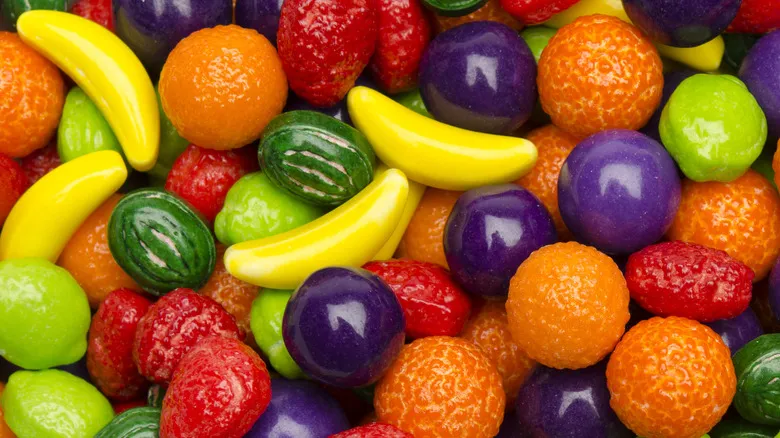
It's a widespread misconception that banana-flavored candies taste "off" because they are derived from Gros Michel bananas, which most people today have never tried. This is not accurate. The flavoring for banana candy is created using a chemical compound known as isoamyl acetate, which is present in actual bananas. However, the first banana candies were produced in the United States before real bananas gained popularity in the country during the 1860s. No laboratory has deemed it necessary to develop a more accurate version of the flavor that is already widely used, so the taste of banana candy doesn't correspond precisely to any specific type of banana (although the compound used is sourced from modern bananas or other ripening fruits). It is a completely distinct flavor. Children who enjoyed Gros Michel bananas generations ago likely also thought that banana candies tasted unusual.
In addition to the Cavendish and Gros Michel varieties (and their corresponding candies), there are many other types of bananas available. Plantains are a close relative that can be found just as easily. In Southeast Asian countries like Indonesia, the creamy and slightly orange "pisang raja" banana (which translates to "King of Bananas") is quite popular. Blue Java bananas have a tart flavor and a slight bluish hue when ripe, while red bananas are said to have a raspberry-like taste. There are still plenty of options to explore if you seek them out.
Recommended
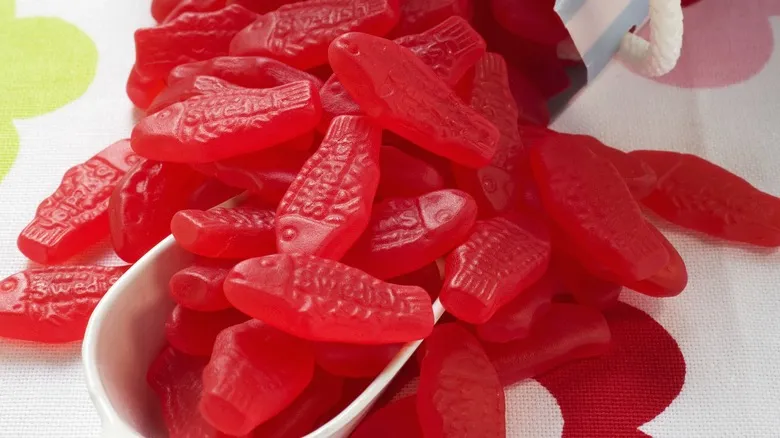
What Do Swedish Fish Actually Taste Like?

Ludo Lefebvre's Secret Ingredient For Perfect French Onion Soup

Custard Vs Soft Serve Ice Cream: What's The Difference?
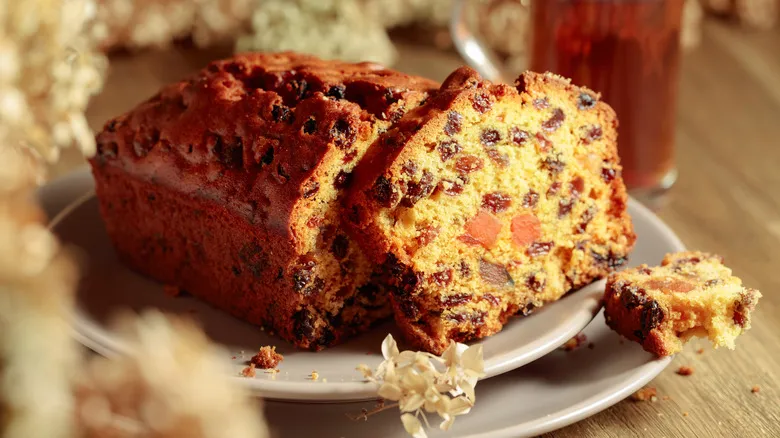
Why You Can Revive Fruitcake That's Been Sitting For Years
Next up

